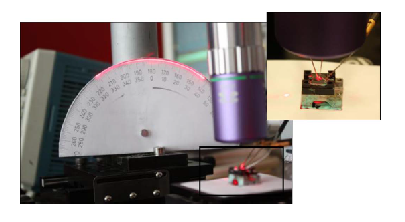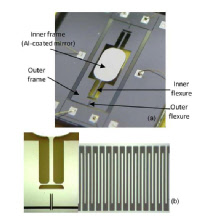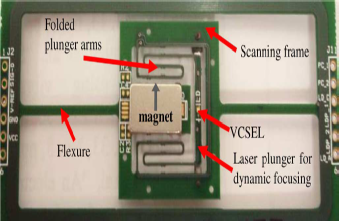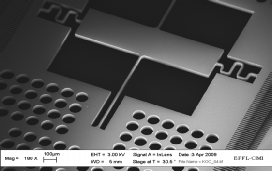Home People Research Publications Activities


Laser Scanners for Display and Imaging
We are developing both MEMS scanners and FR4 scanners for miniaturized display systems and imaging devices.
Mems Scanners

Fig. Arslan, A.; Brown, D.; Davis, W.O.; Holmstrom, S.; Gokce, S.K.; Urey, H.; ,
"Comb-
Miniaturized display and imaging systems increased the interest in MEMS scanners because MEMS scanners can meet the high resolution, low power consumption, and high scanning speed requirements in miniaturized display and imaging systems.

Our main goal in MEMS scanner projects is to investigate different scanner technologies
and scanning architectures to meet the compact form-
FR4 Scanners
As an alternative to silicon MEMS, we developed new opto-

* FR4 Laser Scanner With Dynamic Focus
Serhan O. Isikman, Randy B. Sprague, and Hakan Urey,IEEE PHOTONICS
TECHNOLOGY LETTERS, VOL. 21, NO. 4, FEBRUARY 15, 2009
Fig. Picture of the PCB-
MEMS Stages for Microlens Array Scanners
Microelectromechanical systems (MEMS) have earlier been utilized for beam steering
with individual microlenses. The specific application motivating our work is high-


Fig. To the left an illustration of hybrid MLA integration and a MLA integrated MEMS stage. To the right, a SEM image of the empty stage
MEMS ve FR4 Tarayicilar Sunumu (In Turkish)